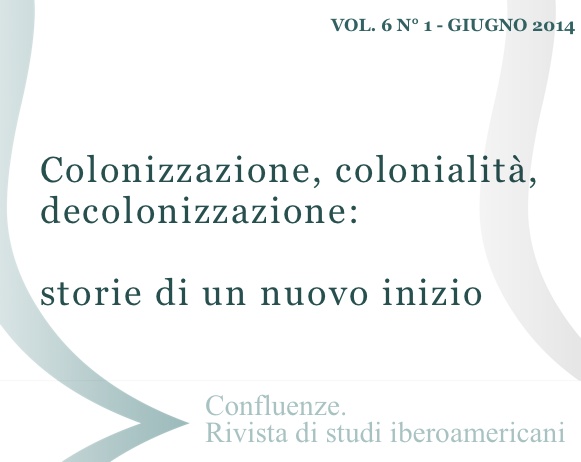La modernidad periférica: ecos del Gattopardo de Tomasi di Lampedusa en La Guerra del fin del mundo de Mario Vargas Llosa
DOI:
https://doi.org/10.6092/issn.2036-0967/4447Keywords:
Modernity, periphery, misplaced ideas, ruling classes, quixotismAbstract
The modernization process is analyzed here in two peripheral realities of the world system - nineteenth-century Brazil and Sicily - as depicted in La guerra del fin del mundo and in Il gattopardo. In particular, we show how in the world that Vargas Llosa creates there is no social class capable of becoming the leader of the transition towards a modern society that responds to the needs and nature of an independent Brazil. This absence leads to resistances and catastrophic conflicts. Resistance and conflicts help explaining the phenomenon of opposition to the advance of modernity that we are witnessing today.
Downloads
Published
How to Cite
Issue
Section
License
Copyright (c) 2014 Stefano Brugnolo, Laura Luche
The copyrights and publishing rights of all the texts on this journal belong to the respective authors without restrictions.
This journal is licensed under a Creative Commons Attribution 4.0 International License (full legal code).
See also our Open Access Policy.
Metadata
All the metadata of the published material is released in the public domain and may be used by anyone free of charge. This includes references.
Metadata — including references — may be re-used in any medium without prior permission for both not-for-profit and for-profit purposes. We kindly ask users to provide a link to the original metadata record.






